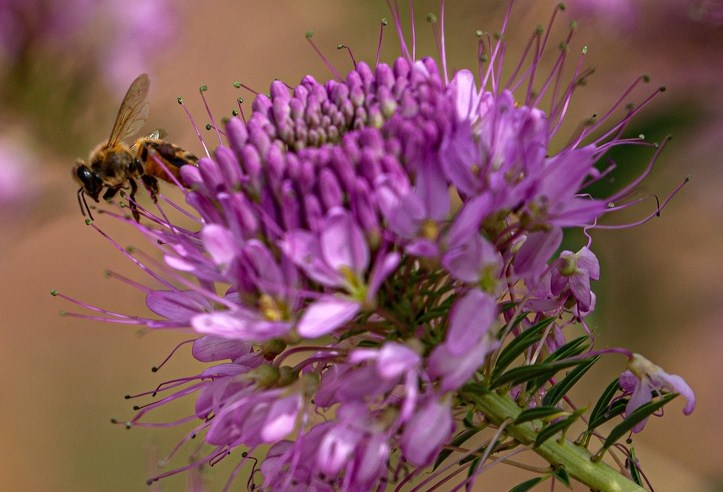(Page créée avec « {{Tuto Details |Licences=Attribution (CC BY) |Description=<translate>TIPS</translate> |Area=Art, Food and Agriculture, Health and Wellbeing, House, Recycling and Upcycling... ») |
|||
| Ligne 1 : | Ligne 1 : | ||
{{Tuto Details | {{Tuto Details | ||
| + | |Main_Picture=MAINPAGE_7_Plants_That_Will_Keep_Pests_Out_of_Your_Garden_and_7_Plants_That_Will_Attract_Pollinators.jpg | ||
| + | |Main_Picture_annotation={"version":"2.4.6","objects":[{"type":"image","version":"2.4.6","originX":"left","originY":"top","left":-15,"top":12,"width":723,"height":492,"fill":"rgb(0,0,0)","stroke":null,"strokeWidth":0,"strokeDashArray":null,"strokeLineCap":"butt","strokeDashOffset":0,"strokeLineJoin":"miter","strokeMiterLimit":4,"scaleX":0.87,"scaleY":0.87,"angle":0,"flipX":false,"flipY":false,"opacity":1,"shadow":null,"visible":true,"clipTo":null,"backgroundColor":"","fillRule":"nonzero","paintFirst":"fill","globalCompositeOperation":"source-over","transformMatrix":null,"skewX":0,"skewY":0,"crossOrigin":"","cropX":0,"cropY":0,"src":"https://wikifab.org/images/2/29/MAINPAGE_7_Plants_That_Will_Keep_Pests_Out_of_Your_Garden_and_7_Plants_That_Will_Attract_Pollinators.jpg","filters":[]}],"height":449.25619834710744,"width":600} | ||
|Licences=Attribution (CC BY) | |Licences=Attribution (CC BY) | ||
|Description=<translate>TIPS</translate> | |Description=<translate>TIPS</translate> | ||
| − | |Area= | + | |Area=Food and Agriculture |
|Type=Creation | |Type=Creation | ||
|Difficulty=Very easy | |Difficulty=Very easy | ||
| Ligne 11 : | Ligne 13 : | ||
}} | }} | ||
{{Introduction | {{Introduction | ||
| − | |Introduction=<translate></translate> | + | |Introduction=<translate>Spring is the time to plant and seed. If you usually pick plants and flowers for your garden intuitively or by color, shape and size, perhaps this year you can try to change your approach a bit. This time, pick your plants based on whether or not they can repel pests or attract pollinators. This way of gardening will help you solve 2 problems at once, keeping nasty bugs out of your garden and harvesting more crops thanks to pollinators. |
| + | |||
| + | We’ve made a short guide on the types of plants that repel pests and the kinds that attract “good” insects and birds to your garden. | ||
| + | |||
| + | === Plants that repel pests === | ||
| + | |||
| + | === 1. Mint === | ||
| + | |||
| + | |||
| + | Mint prefers well-drained but moist ground, tolerates shade, and needs minimal care. Mint is the plant that we love thanks to its strong fragrance. But some animals and bugs just can’t stand the smell of mint, and we can use this feature to our advantage. | ||
| + | |||
| + | '''It can repel''' ants, mosquitoes, slugs, snails, and mice. | ||
| + | |||
| + | === 2. Petunia === | ||
| + | |||
| + | |||
| + | Petunias can grow in partial shade and need to be protected from the wind. Make sure these plants have a 1-foot distance between each other. Petunias are among the most popular garden flowers — they’re beautiful and bright, and also have a nice bonus feature: they can repel nasty bugs. | ||
| + | |||
| + | ==== '''It can repel''' leafhoppers, aphids, tomato hornworms, and asparagus beetles. '''[http://tworontont.org/7-plants-that-will-keep-pests-out-of-your-garden-and-7-plants-that-will-attract-pollinators/2 <u>CLICK TO CONTINUE READING</u>]''' ====</translate> | ||
}} | }} | ||
{{Materials | {{Materials | ||
| Ligne 25 : | Ligne 45 : | ||
}} | }} | ||
{{PageLang | {{PageLang | ||
| + | |Language=en | ||
|SourceLanguage=none | |SourceLanguage=none | ||
|IsTranslation=0 | |IsTranslation=0 | ||
| − | |||
}} | }} | ||
{{Tuto Status | {{Tuto Status | ||
| − | |Complete= | + | |Complete=Published |
}} | }} | ||
Version actuelle datée du 3 avril 2020 à 18:12
Introduction
Spring is the time to plant and seed. If you usually pick plants and flowers for your garden intuitively or by color, shape and size, perhaps this year you can try to change your approach a bit. This time, pick your plants based on whether or not they can repel pests or attract pollinators. This way of gardening will help you solve 2 problems at once, keeping nasty bugs out of your garden and harvesting more crops thanks to pollinators.
We’ve made a short guide on the types of plants that repel pests and the kinds that attract “good” insects and birds to your garden.
Plants that repel pests
1. Mint
Mint prefers well-drained but moist ground, tolerates shade, and needs minimal care. Mint is the plant that we love thanks to its strong fragrance. But some animals and bugs just can’t stand the smell of mint, and we can use this feature to our advantage.
It can repel ants, mosquitoes, slugs, snails, and mice.
2. Petunia
Petunias can grow in partial shade and need to be protected from the wind. Make sure these plants have a 1-foot distance between each other. Petunias are among the most popular garden flowers — they’re beautiful and bright, and also have a nice bonus feature: they can repel nasty bugs.
==== It can repel leafhoppers, aphids, tomato hornworms, and asparagus beetles. CLICK TO CONTINUE READING ====
Matériaux
Outils
Étape 1 -
Published

 Français
Français English
English Deutsch
Deutsch Español
Español Italiano
Italiano Português
Português